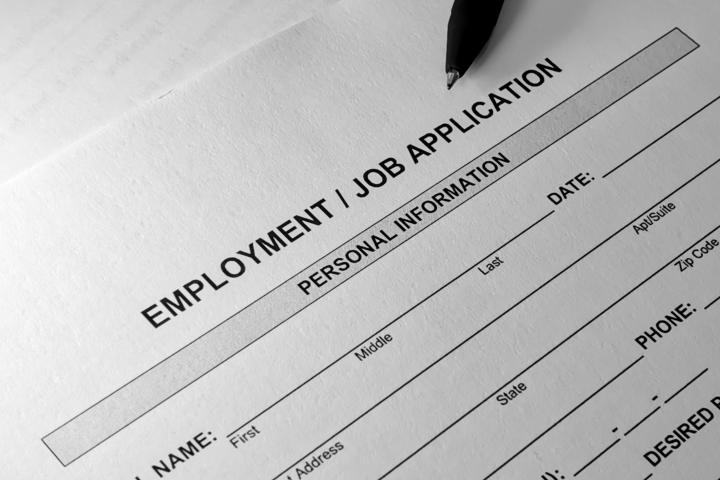
The Minimum Wage
Policy vs. Reality
Wages vary widely within the U.S. and internationally. This variation is a primary cause of inequality. As noted in an earlier Policy Lab explainer, the minimum wage is the best-known way the government intervenes in the labor market to influence wage distribution.
What is a Minimum Wage?
The U.S. Fair Labor Standards Act (FLSA) of 1938 established the nation’s first minimum wage and the idea that all American workers should be entitled to a baseline level of compensation for their labor.
However, in practice, many workers have been and remain excluded from minimum wage protections. For example, American-controlled multinational businesses regularly bypass U.S. minimum wage laws by paying sub-living wages to workers abroad.
Since the minimum wage sets a floor for labor compensation, it serves as an essential policy tool for poverty reduction. In theory, it guarantees that workers who perform labor in the formal economy earn enough to afford a decent standard of living.
Is it Working? How Federal Policy Fell Behind
The minimum wage policy is effective only if it keeps pace with changes in the economy; however, it has been 15 years since the last increase to the national minimum wage. As of early 2024, the regular federal minimum wage sits at $7.25 per hour.
The minimum wage for tipped workers, such as food service professionals, is a shocking $2.13 per hour. This “tipped minimum wage” hasn’t changed since 1996, when Congress froze it to appease the powerful restaurant lobby.
As a result, the federal minimum wage does not meet its policy goals of reducing poverty and providing for a decent standard of living. Instead, the national minimum wage leaves full-time workers below the official U.S. poverty threshold.
“There are no states where minimum wage workers putting in 40 hours weekly can afford a modest two-bedroom rental,” says the National Low Income Housing Coalition. “A worker earning minimum wage must work an average of 104 hours per week to earn enough to pay for it.”
Minimum Wage in New York State
Most states recognize the inadequacy of federal minimum wage levels and have adopted legislation to set higher minimum wages for their workers. Among the 30 states enforcing above-federal minimum wages (as of March 2024), Washington, D.C.’s wage is currently the highest at $17 per hour, followed by Washington state at $16.83 per hour.
New York State (NYS) has a $16 per hour minimum downstate (e.g., New York City, Long Island, and Westchester County) and a $15 per hour minimum everywhere else.
Due to a law passed in 2023, these figures are scheduled to increase by $0.50 per hour each year for the next two years, such that, in January 2026, the downstate and upstate minimum wages will reach $17 per hour and $16 per hour, respectively. Beyond 2026, the law requires regular, annual increases to both the upstate and downstate minimum wages to keep pace with statewide levels of inflation. (Note, however, that all changes to NYS minimum wage law have retained a two-tiered system that allows for tipped workers to be compensated at lower rates.)
Planned Increases
|
2024 |
2025 |
2026 |
|
|
Upstate |
$16 |
$16.50 |
$17 |
|
Downstate |
$15 |
$15.50 |
$16 |
These recent changes in law have given NYS one of the highest wage floors in the nation. Despite this status, both the current ($16 per hour downstate; $15 per hour upstate) and target ($17 per hour) minimum wages in NYS have failed to keep pace with the exploding costs of living.
Minimum Wage and Economic Productivity
Whereas the NYS minimum wage has slowly increased since 2013, the most recent increase to the federal minimum wage occurred 15 years ago, in July 2009. Before 1968, the federal wage floor in the United States mirrored economic productivity; as society produced more goods and services, so too did the minimum wage increase. This relationship ensured that workers earning that baseline income level could purchase more goods and services over time. Since 1968, however, the connection between productivity and minimum wage has not just severed — it has inverted.
As illustrated below, the real (inflation-adjusted) federal minimum wage in the U.S. has stagnated and declined since the late 1960s. Meanwhile, productivity has steadily increased. If the pre-1968 connection between productivity and minimum wage kept its historical pace, then today’s federal floor would be nearly $26 per hour— about three-and-a-half times the current rate of $7.25 per hour.
Chart: @RustBeltGeo
Source: Dean Baker (for observations prior to 2021); BLS Major Sector Quarterly Labor Productivity and Costs (for Cornell ILR Co-Lab productivity-adjusted estimates for 2021-23); BLS CPI and CPI-U (for adjusting all figures to 2023$)
Created with DataWrapper
Deliberate policy choices and neglect at the federal level have denied workers a share in the annual productivity gains they helped create. If the national minimum wage stuck with the labor productivity in the late 1960s, then, based on data from the MIT Living Wage Calculator, the productivity-based minimum wage today (estimated at $25.52 per hour) would be a living wage for single New Yorkers everywhere but in the most expensive downstate jurisdictions (i.e., the five NYC boroughs plus Westchester and Putnam, and the two Counties of Long Island). In other words, indexing the minimum wage to productivity appears to be an effective strategy for keeping workers out of poverty and in decent living standards.
Restoring the Minimum: NYS Raise the Wage Act
The NYS Raise the Wage Act seeks to reestablish the connection between economic output and minimum wage. The act aims to “catch [the statewide minimum wage] up” to where it would be had it kept pace with inflation and worker productivity since 2019. The bill would gradually lift the statewide minimum wage to $21.25 over a three-year period and then index the wage to annual inflation and labor productivity.





